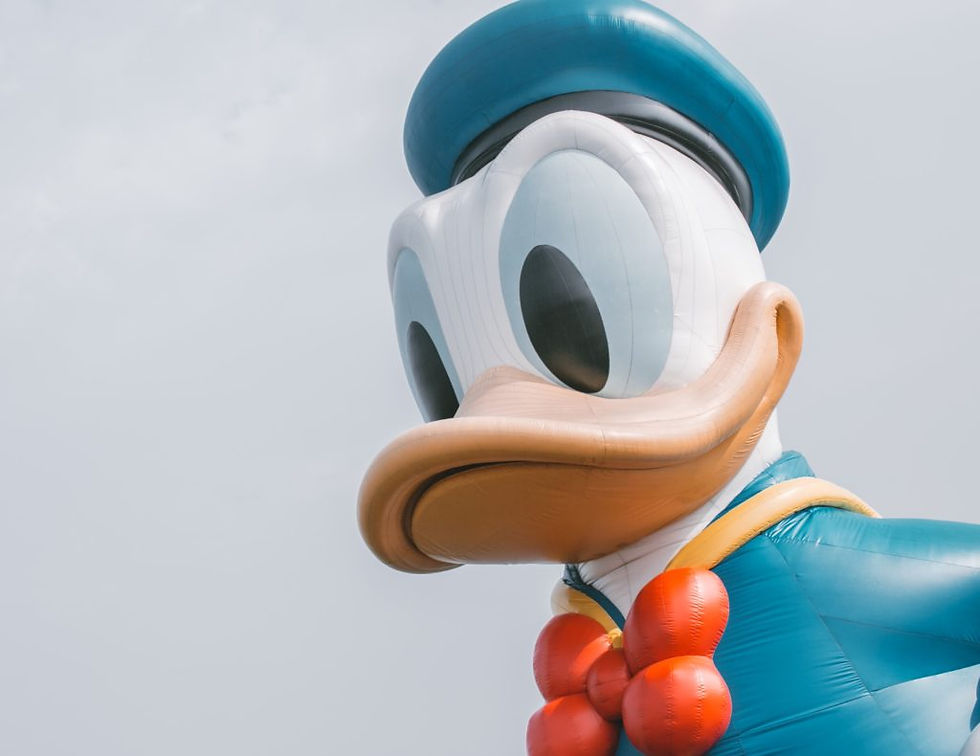Steampunk Art
- Kay Hare
- Jul 14, 2021
- 3 min read
What is Steampunk art?
Steampunk art originated in the 1950s, with perhaps its roots from Japan in the 1940s. The Japanese were the first to illustrate imaginative stories based in comics commonly called ‘manga.’ This was probably influential in the rise of Steampunk art, as with Furry art, which also took its style from Manga and Anime. Anime refers to any genre of animation. The Japanese were the first to turn their drawings into moving images, known now as animation. Although the Japanese style was comical and more romantic than the later Steampunk, it does refer to and can be linked in character.

The Japanese were the first to express and share their imaginative animals and creatures in drawings. The images morphed into stories incorporating raw-looking machinery and strange objects made up in one’s imagination. All the steampunk images have a functional aspect that rips out the pretty or furry characteristics. As the comic book era grew so did a new wave of fantasy, horror, and an interest in turning these imaginary characters to life.
What is Steampunk style?
The literary genre also gave rise to Steampunk which is also a term used to describe clothes, a person’s style, toys, video games, and films. Books such as H.G. Wells and Mary Shelly influenced the development and style of the genre. In 1954 the Walt Disney film 20,000 leagues under the sea was emersed in the style from the design of the submarine, the interiors and the costumes the actors wore can all be classed as steampunk origin.

Steampunk style has a Victorian edge with a contemporary attitude; although it’s pretty difficult to articulate, it is identifiable. Steampunk style is a mix of old and new inspired by 19th Century industrial steam engines and spring devices. With the flavors of the Wild West images of steam trains, cowboys, and new settlements. Mix this with some science fiction, and it gives you Steampunk art. International films such as Wild, Wild West, Dr. Who, and Edward Scissorhands are good examples.

Steam Punk was not officially recognized until the 1980s, which was the start of the cyberpunk era. With subcultures such as the digital currency, Bitcoin and Furry art emerging. It was coined Steam Punk by science fiction author K. W. Jeter who also wrote the first cyberpunk novel Dr. Adder. Jeter has written and published many books in this genre, often becoming box office favourite films such as Star Wars, Star Trek, and Warner Bros Blade runner.
How to create Steampunk art?
Movies and animation all helped to grow the genre in general, and the artwork that stemmed from it became recognizable. The art has a fantasmagorical element mixed with the practical and almost mundane. The earliest artist creating works of art-vagely related is Horomonous Bosch, born 1475 – 1516, in particular, The Garden of Earthly Delights found in the Prado, Madrid.
A more recent group of artists took a working steam engine to the Burning Man festival in 2006 / 2007 and then went on to create a steampunk treehouse touring festivals for many years. These groups of artists were all influencing and creating a genre of steampunk artists.
The artists that have claimed fame to Steampunk are Albert Roberta, who drew almost comical, futuristic air scenes of planes flying over cities. The first exhibition of steampunk art and objects was hosted in 2010 in Oxford, curated by New York Artist Art Donovan.

The 18th Century painting of Napoleon Crossing the Alps by the French artist Jacques Louis David was a signal to Steampunk. This painting goes back to the 1801 era, with this in mind, steampunk art is a relevant documentary of our history and an interesting visual reference to relating to current world issues.
Many contemporary artists create steampunk paintings, such as Airship by Moonlight by Tom Shropshire found on Saatchi art. Other artists show their works on websites like Amazon or private websites that host only Steampunk art. There are individual artists on Pinterest and Instagram where you can contact them directly and discuss the artwork.
Kay Hare is an artist and writer working in oil on linen from her home in Kent, England.



Comments